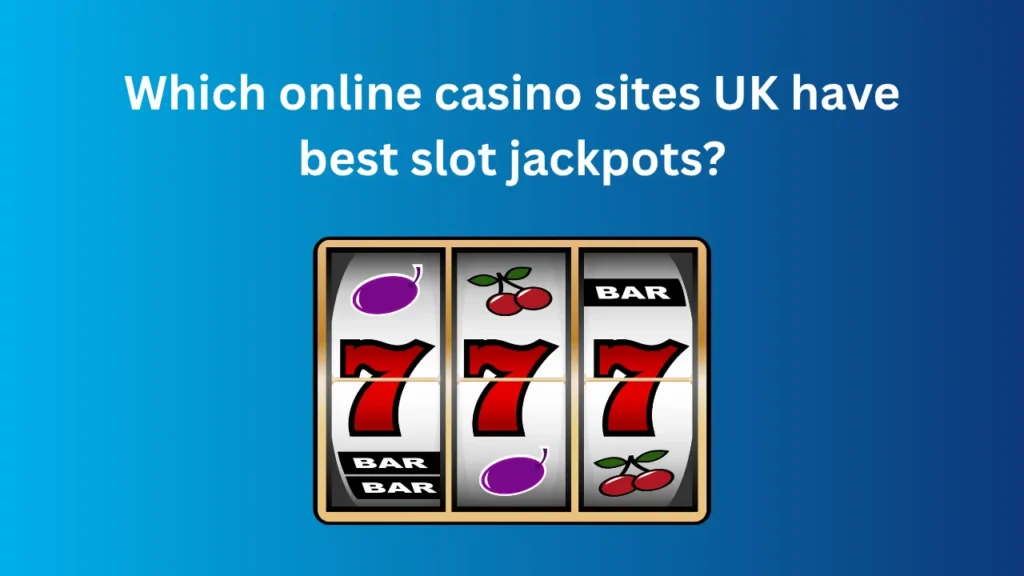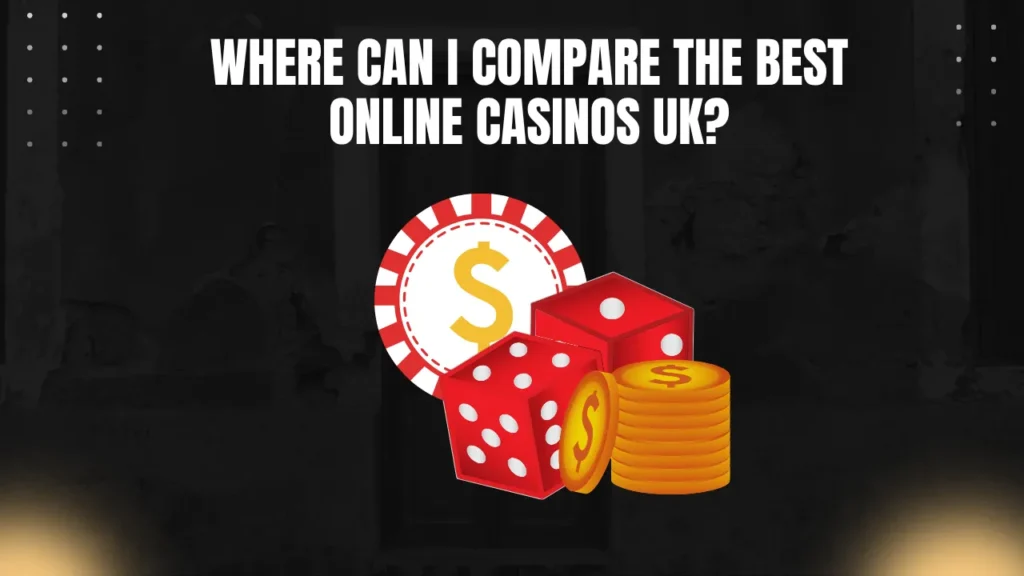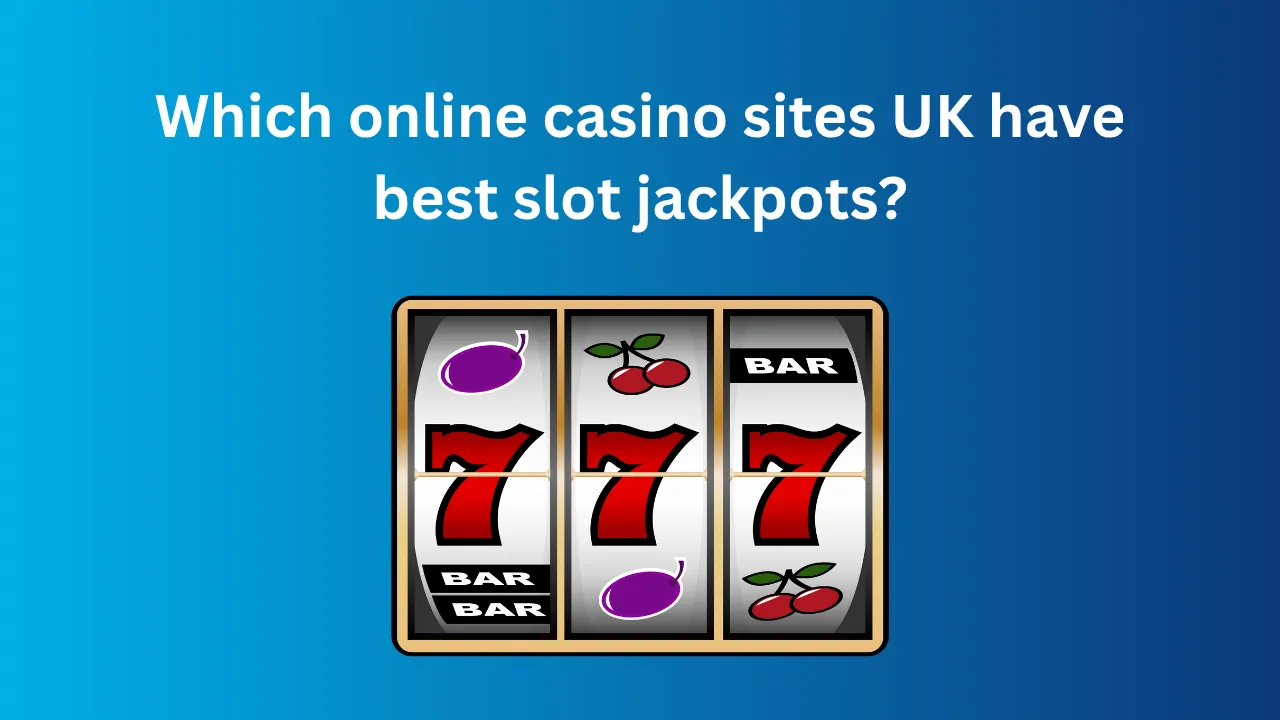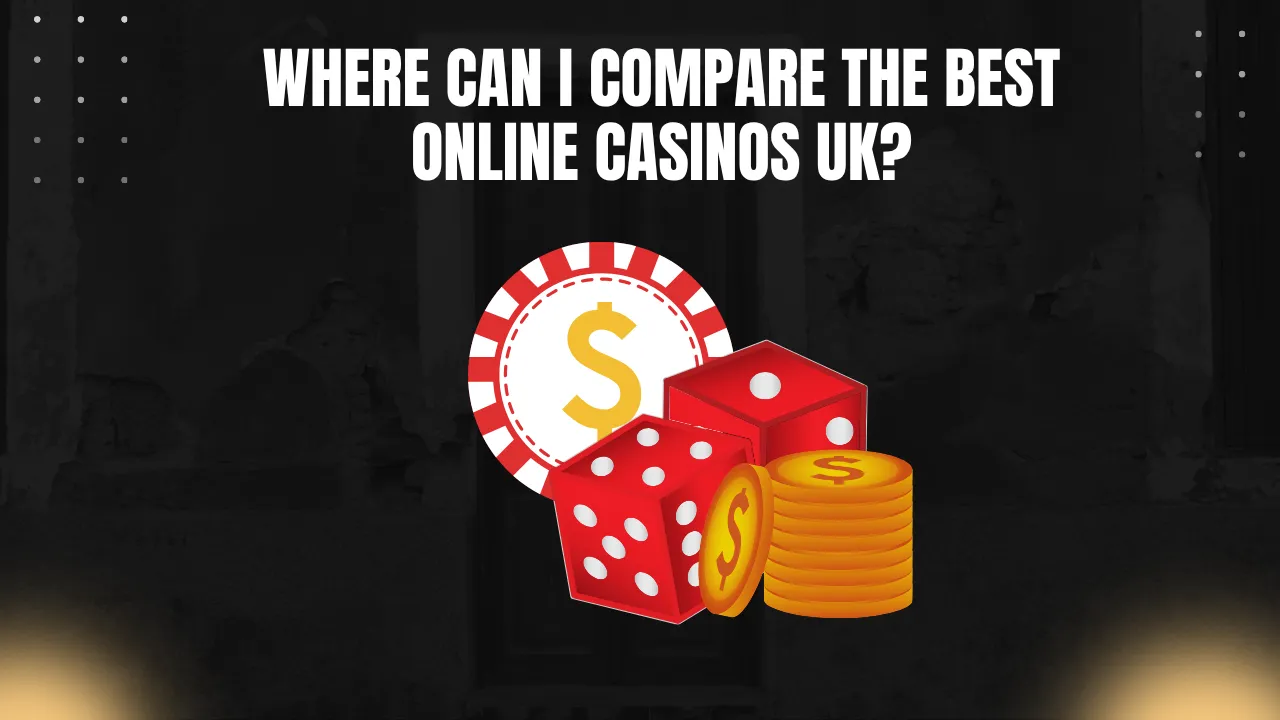When players first start exploring the world of online slots, one of the most common pieces of advice they encounter is: “Look for games with a high RTP.” RTP, or Return to Player, is a percentage figure that represents the average amount a slot is designed to pay back to players over a very long period of time. For example, a slot with a 97% RTP theoretically returns $97 for every $100 wagered.
It sounds straightforward: higher RTP equals bigger profits. But in practice, the relationship between RTP and your actual winnings isn’t quite that simple. After years of playing and studying slots, I’ve seen firsthand how RTP can be misunderstood—and how it influences player expectations in ways that don’t always align with reality.
Understanding What RTP Really Means
RTP is a statistical measure calculated over millions of spins. It’s not a guarantee of what you’ll get back in a single session, or even after several weeks of play. You could play a high RTP slot and lose your entire bankroll in an hour, while someone else wins a jackpot in the same time frame.
The figure is best seen as a long-term indicator of fairness. A slot with a 95% RTP is, on average, slightly less favorable than one with a 97% RTP. But in the short run, the difference is nearly impossible to notice. That’s why players often get frustrated when a high RTP slot doesn’t “feel” more generous during a single gaming session.
The Role of Volatility in Profits
Another critical factor in determining potential profits is volatility, also known as variance. Volatility describes how often and how much a slot pays out. High-volatility slots may deliver long stretches of nothing followed by huge wins, while low-volatility slots provide smaller, more frequent payouts.
This means that a high RTP slot can still drain your bankroll quickly if it also has high volatility. Conversely, a lower RTP slot with low volatility might give you more consistent playtime, even if the long-term math isn’t as favorable.
In my own experience, I once played a 98% RTP slot for hours without a single big win, only to see a friend hit a massive jackpot on a 94% RTP machine minutes later. The difference? Volatility and timing played a much larger role than the RTP percentage.
The Influence of Bonus Features
Modern slots aren’t just about spinning reels. They come loaded with bonus rounds, free spins, multipliers, and jackpots. These features can have a huge impact on actual profits.
Often, the RTP includes the value of these bonus features, but accessing them may require luck or a larger bankroll. If you don’t trigger the bonus, your personal experience of the game’s RTP may feel much lower.
That’s why players chasing profits need to look beyond just the RTP percentage. Understanding how bonus features work and how frequently they trigger can be just as important as the headline number.
The Connection Between RTP and Player Behavior
High RTP slots tend to attract experienced players, while beginners often gravitate toward games with flashy graphics or themes they recognize. Casinos know this and sometimes balance player acquisition with retention.
Interestingly, some online platforms also tie high RTP games to loyalty rewards or promotional offers. For instance, players funding accounts through credit card casinos often find it easy to jump straight into these high RTP games without delays, combining convenience with the allure of “better odds.” The faster you can deposit and play, the more tempting these games become, even if the profits aren’t guaranteed.
Why RTP Doesn’t Equal Guaranteed Profits
The biggest misconception is that RTP is a tool for predicting short-term success. In reality, it’s about probabilities spread over an unimaginable number of spins. Casinos rely on this because they know most players never reach the millions of spins where the math truly balances out.
Think of it like tossing a coin. If you flip it 10 times, you might get 7 heads and 3 tails. Over 10,000 flips, though, the results will get much closer to the 50/50 expectation. Slots operate in the same way—your personal outcome in the short term can vary wildly, regardless of RTP.
How to Use RTP Wisely as a Player
So, if high RTP doesn’t always mean bigger profits, how should players use this information? In my view, RTP is best used as a guideline, not a rule. A higher RTP slot is statistically more favorable, but it should be considered alongside volatility, bankroll management, and your personal goals for playing.
If your aim is entertainment and extended playtime, seek out slots with medium volatility and a solid RTP above 96%. If you’re chasing big jackpots, be prepared for dry spells, even if the RTP looks appealing. And always remember: no slot machine is designed to make you money in the long run—the house edge is built into every game.
Final Thoughts
High RTP slots are often marketed as the smarter choice, but they don’t guarantee bigger profits in the short term. They provide a slight statistical edge, which becomes meaningful only over countless spins. For players, the real key lies in balancing RTP with volatility, understanding bonus mechanics, and practicing responsible bankroll management.
In the end, RTP is a helpful piece of the puzzle, but it’s not the whole picture. Slots are designed for entertainment, and while higher RTPs give you a better chance of stretching your playtime, they should never be mistaken for a promise of consistent profits.





